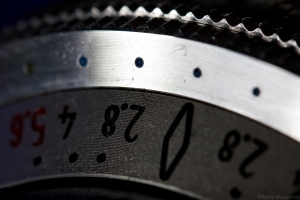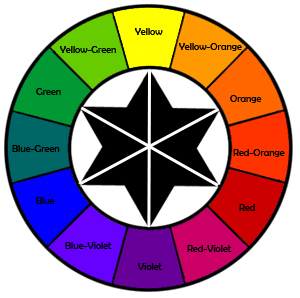May, 2012
Now, there are several lenses out there with the inscription ‘Macro’ on it, but a true Macro lens has a reproduction ratio 1:1 or greater. The reproduction ratio, is the subject size on the sensor, compared to the actual subject size. In other words, with a reproduction ratio 1:1, a 5mm subject will project as a 5mm image on the sensor. If you reduse the reproduction ratio to 1:2, the 5mm subject projects as a 2.5mm image on the sensor.
So, a lens like the Sigma 17-70mm f/2.8-4 DC HSM OS macro can focus down to 0.22m which gives you a max object magnification of 1:2.7 at 70mm. Pretty good, but again, not a true Macro lens.
When we talk about minimum focus range, this is usually referred to the sensor. For the Sigma 70mm f/2.8 EX DG macro the minimum focus distance is 0.257m (25.7cm). This is from the camera sensor, hence the real minimum working distance is actually approx. 6.5cm. The human eye typically has a minimum focus range of 13cm.
Tips & Tricks for photographing insects
- Insects will be afraid of you, and fly away. But if you are hanging around, they may adapt, and start to come back. Patience is the key.
- Keep in mind that most insects are cold blooded, and they need sunlight to warm up. Before sunrise or after a heavy shower, would be a good time to catch them sitting still.
- Some insects, e.g. bees and bumblebees, love a sweet treat. You could mix sugar and water, and use as bait.
- Use a tripod and a remote shutter to avoid motion blur from camera motion, and a fast shutter speed to reduce that of moving subjects. A Macro Flash will help preventing any motion blur.
- Typical aperture values for photographing insects: f/11 – f/16.
Remember that the Depth of Field (DOF), i.e. the range within a scene that will record as sharp (how much of your photograph is in focus from front to back), is very limited when shooting a macro. The reason for that, is the short distance to the subject, which is one of the factors that effects the DOF – short distance, short DOF.
At a distance of 30cm, using a 100mm lens on a camera with a crop factor 1.5 you will get a DOF as follows:
f/2.8 > 0.07cm
f/4.0 > 0.10cm
f/5.6 > 0.14cm
f/8.0 > 0.19cm
f/11 > 0.27cm
f/16 > 0.38cm
f/22 > 0.54cm
f/32 > 0.77cm
When taking pictures, you should try using complementary colors, or a triad colour scheme to improve the result .
Example of complematary colours: Red-Green or Blue-Orange
Example of triad colour scheme: Green-Orange-Violet or Blue-Yellow-Red


